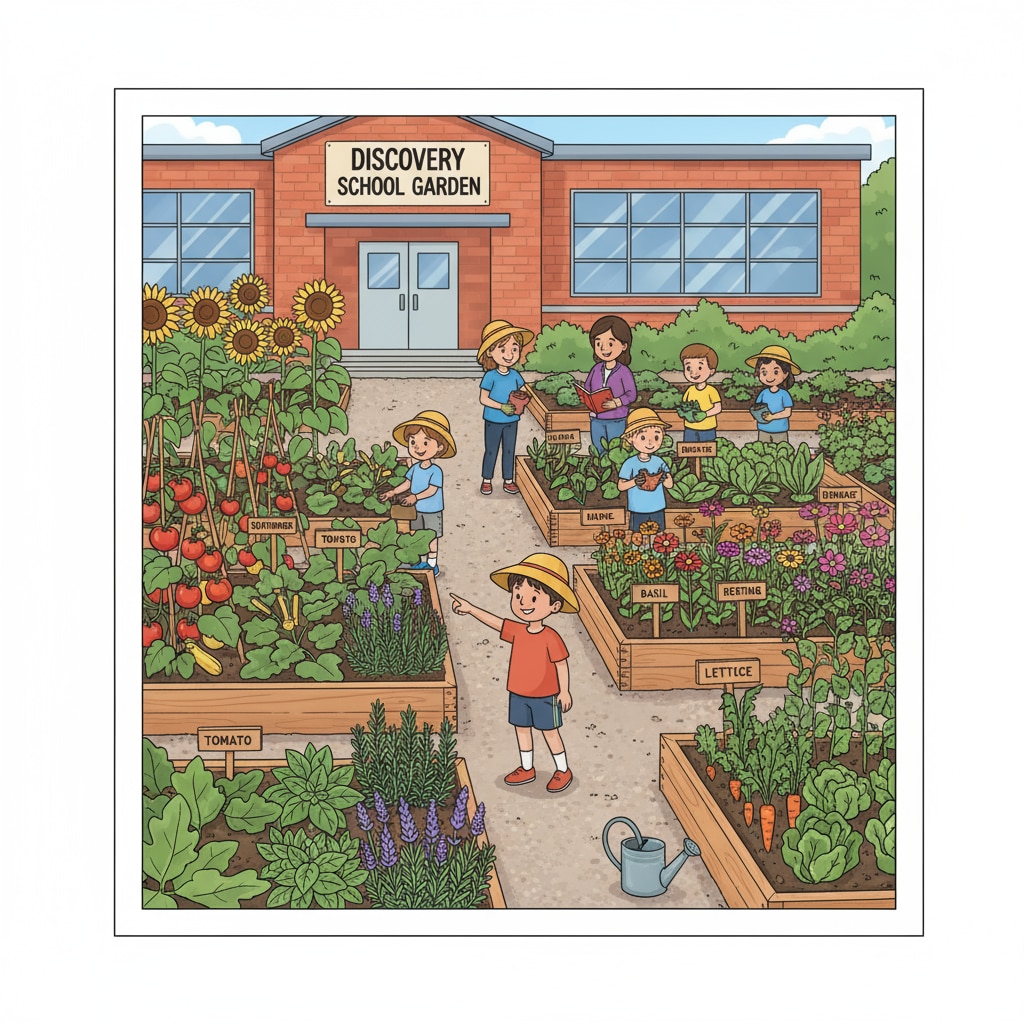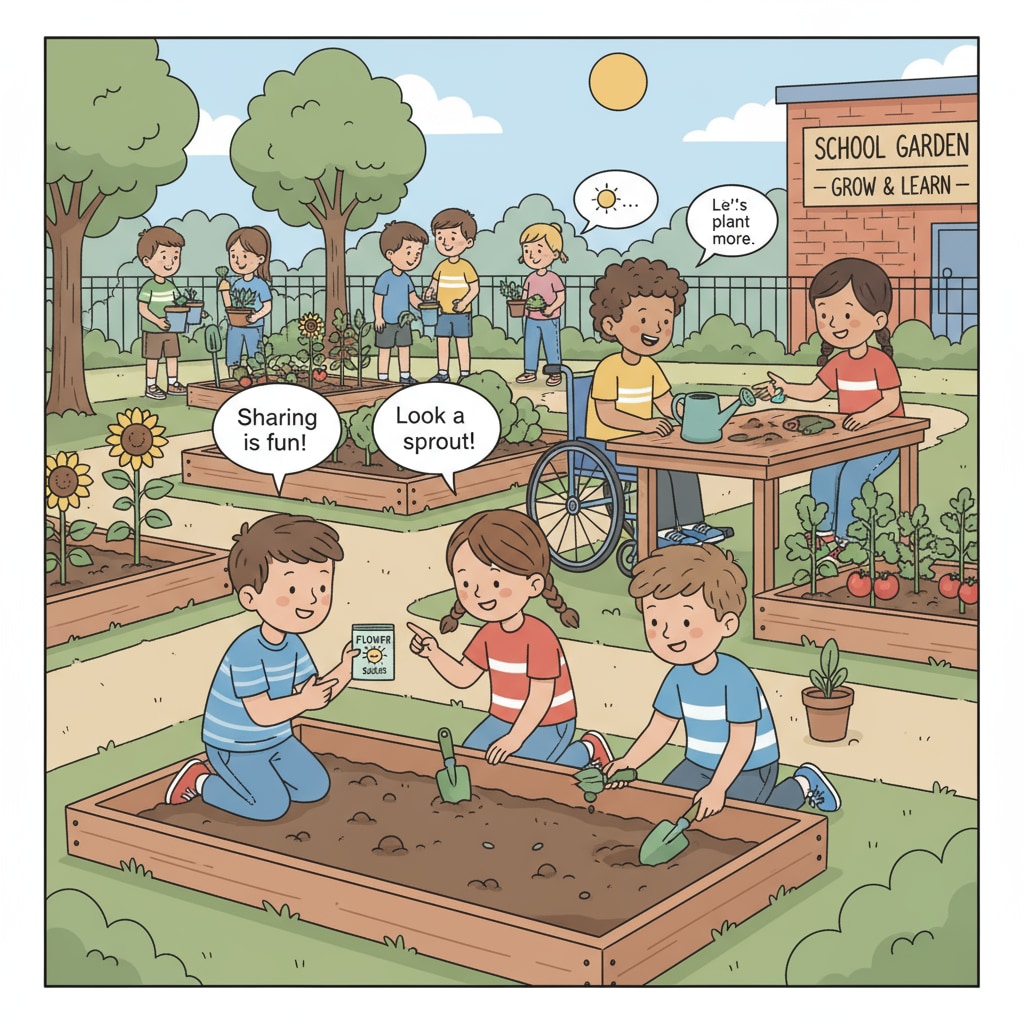School gardens, with their undeniable educational benefits and potential for hands-on learning, have emerged as remarkable assets in the realm of education. Beyond being mere patches of greenery, they hold the key to enhancing students’ academic performance, social-emotional skills, health, and environmental awareness. Let’s explore how these green spaces can be harnessed as powerful tools for comprehensive education.

The Multifaceted Educational Value of School Gardens
School gardens offer a plethora of educational opportunities. Firstly, in terms of academics, they provide a living laboratory for subjects like biology, botany, and even mathematics. For example, students can learn about plant life cycles, photosynthesis, and measure the growth rate of plants, thus making abstract concepts more tangible. Science education on Wikipedia
In addition, school gardens contribute significantly to students’ social-emotional development. Working together in the garden fosters teamwork, communication, and a sense of community. Students learn to share responsibilities, respect others’ opinions, and develop patience as they wait for plants to grow.

Integrating School Gardens into K12 Education
To fully realize the educational potential of school gardens, it’s essential to integrate them seamlessly into the K12 curriculum. Teachers can design lessons around garden activities. For instance, language arts lessons can involve writing about the garden experience, and art classes can focus on painting the beautiful flora. Education on Britannica
Moreover, schools can establish regular garden clubs or after-school programs. These provide students with more in-depth experiences, allowing them to take on leadership roles, plan garden projects, and engage in long-term plant care.
Furthermore, the health benefits of school gardens cannot be overlooked. Exposure to nature reduces stress and improves mental well-being. Also, students can learn about healthy eating by growing their own fruits and vegetables, promoting better dietary habits.
Readability guidance: As we’ve seen, school gardens are a treasure trove of educational opportunities. By understanding their multifaceted value and integrating them effectively into the curriculum, we can truly transform them into engines of comprehensive education. Through hands-on learning in these green spaces, students can grow academically, socially, and emotionally.


